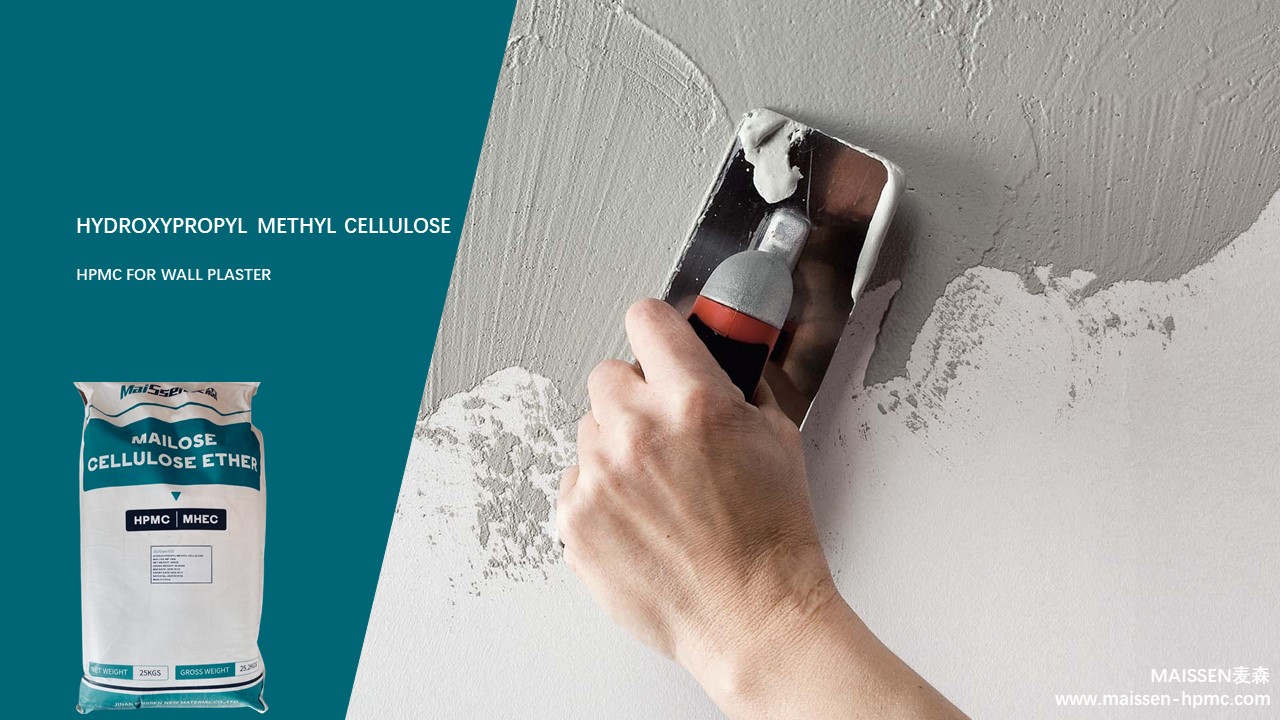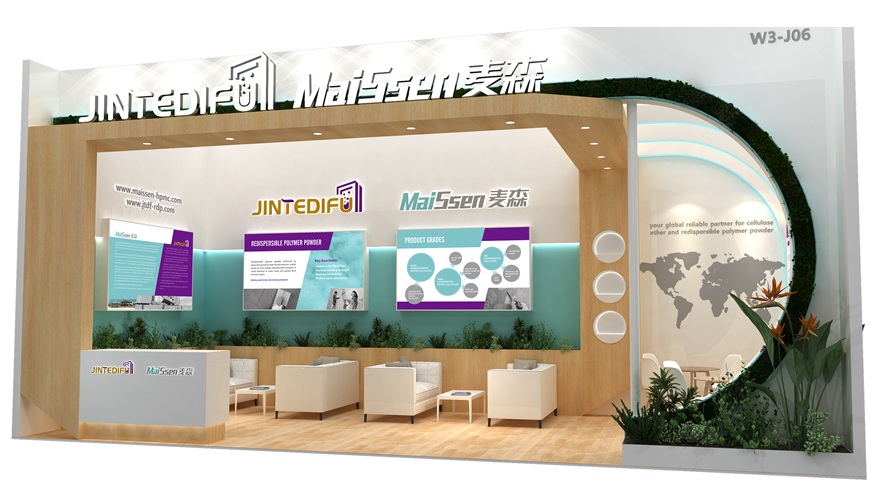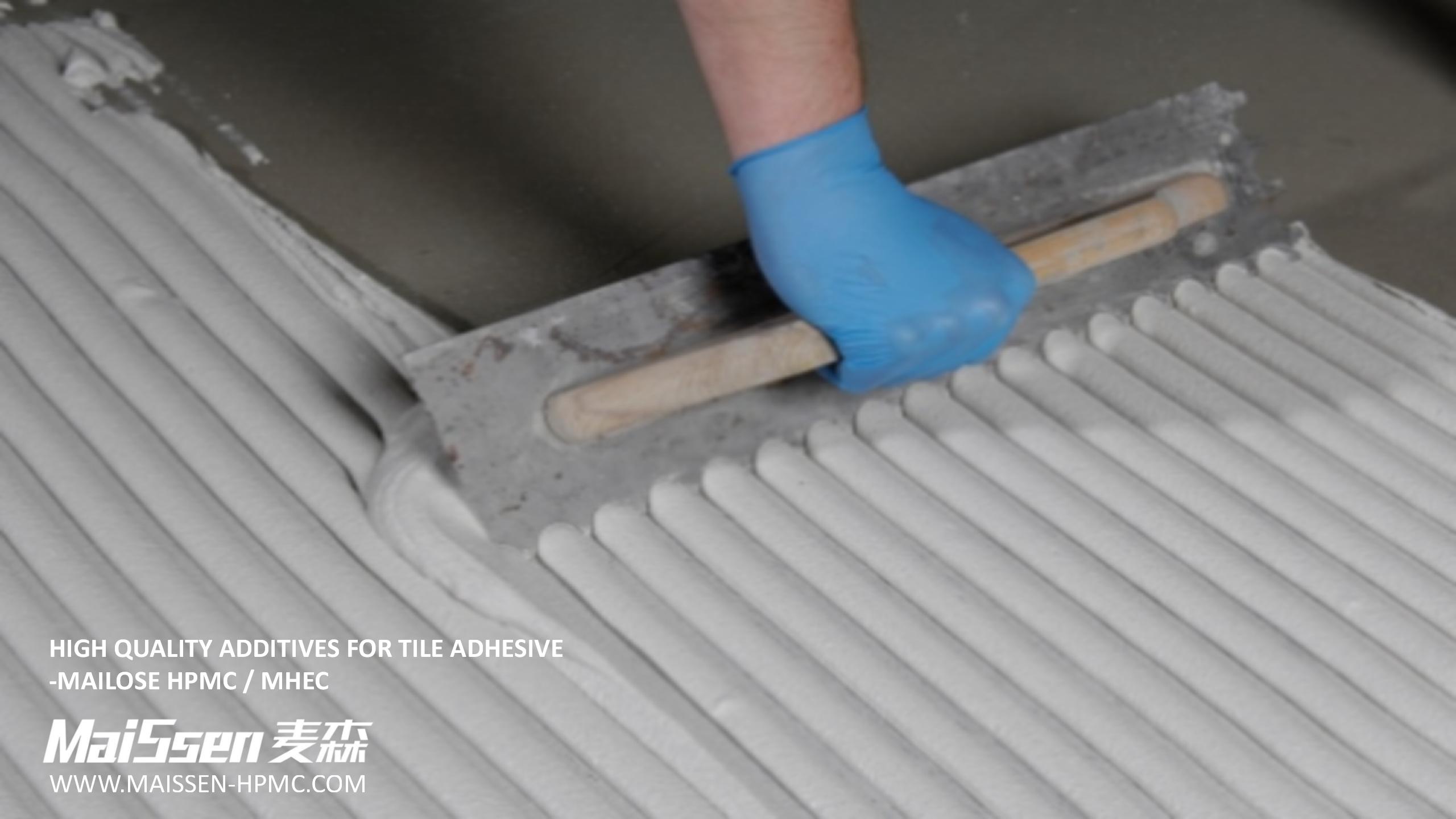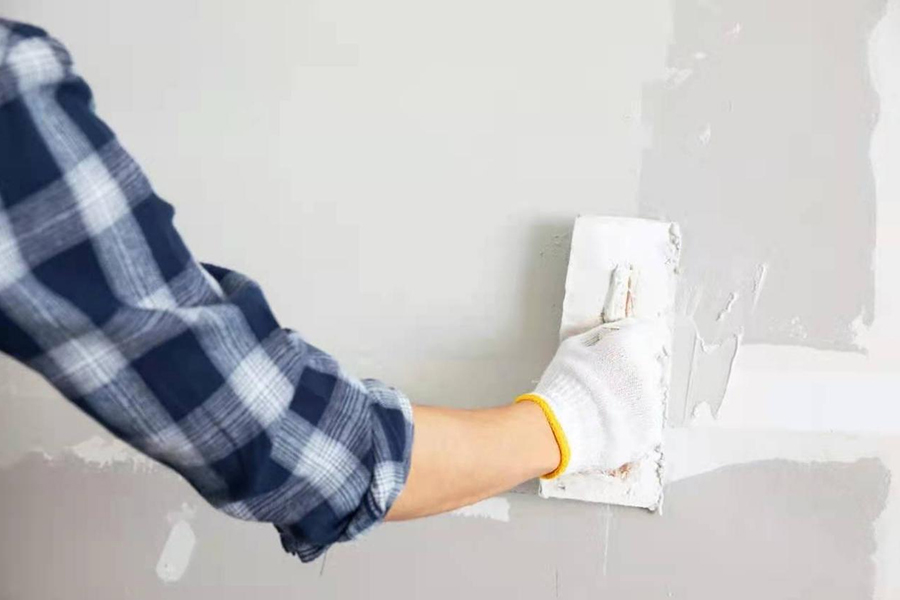In recent years, there are many resin powders on the market, and the high-strength water-resistant glue powder is very cheap and can replace the traditional VAE emulsion (vinyl acetate-ethylene copolymer). So what is the difference between them? Can resin powder replace redispersible polymer powder?
At present, the widely used dispersible latex powder in the world include: vinyl acetate and ethylene copolymer powder (VAC/E), ethylene and vinyl chloride and vinyl laurate terpolymer powder (E/VC/VL), vinyl acetate and ethylene and higher fatty acid vinyl ester terpolymer powder (VAC/E/VeoVa), these three can dominate the whole market, especially vinyl acetate and ethylene copolymer powder VAC/E, which occupies a leading position in the global field, represents its technological characteristics. The technical experience with the application of polymers to mortar modification still shows that the best technical solutions are:
1. has the most experience of application in the construction sector.
2. being one of the most used polymers in the world
3. the ability to meet the required rheological properties of the mortar (i.e. the required workability)
4. low organic volatile compounds (VOC) and low irritant gases with polyresins of other monomers.
5. with excellent UV resistance, good heat resistance and long-term stability.
6. high resistance to saponification.
7. with the widest range of glass transition temperature (TG).
8. has a relatively excellent overall adhesion, flexibility and mechanical properties.
9. has the longest experience in chemical production in terms of how to produce products of stable quality and maintain storage stability.
10. easy to combine with protective colloid (polyvinyl alcohol).

Most of the "resin" gum powders on the market contain DBP, a chemical that affects male sexual function. Large quantities of these powders accumulate in warehouses and laboratories and are volatile. A solvent-soaked "glue powder" has sprung up in the Beijing market and is known for its abundance of "glue powder".
Various names: high-strength water-resistant glue powder, resin glue powder, etc.
Typical characteristics:
1. smells very pungent.
2. poor dispersion, some feel wet, some feel flocculent (should be seafoam porous material), some white, slightly dry but still have a bad smell.
3. Some of them have added color. Current colors are white, yellow, gray, black, red, etc..
4. the dosage is very small, 5 to 12 kg for one ton.
5. The pre-strength is amazing. cement for three days without strength, will corrode and stick to the insulation board.
6. It is said that XPS board can not use the interface agent.
Through the samples obtained so far can be concluded that it is a solvent resin adsorbed by the light porous material. But the supplier to deliberately avoid the word "solvent", so it is called "rubber powder".
Disadvantages
1. Aging resistance, solvent is not temperature resistant, which we all know.
2. solvent weatherability is a big problem. It will evaporate in a short time under the sun. Even if not in the sun, due to the cavity construction, the bonding interface will decompose more quickly.
3. because the bonding mechanism is to dissolve the interface of the insulation board, on the contrary, it also destroys the bonding interface. If problems occur later, the impact will be fatal.
4. there is no precedent for application in foreign countries. With foreign mature basic chemical experience, it is impossible not to find this material.
Redispersible latex powder
1. The film-forming has certain flexibility and water resistance, which can reach the national standard.
2. It is a water-soluble redispersible powder, copolymer of ethylene and vinyl acetate, and polyvinyl alcohol is used as protective colloid.
3. It has film-forming property, 50% aqueous solution forms emulsion. Place it on the glass for 24 hours to form a plastic film.
4. High performance: It has high bonding ability, unique performance and outstanding waterproof performance, good bonding strength, gives mortar excellent alkali resistance, and can improve the adhesion, flexural strength, plasticity, abrasion resistance and constructability of mortar. In addition, it has stronger flexibility in anti-crack mortar.
Resin rubber powder
1. It is a new type of modifier of rubber, resin, polymer, rubber powder and other substances.
2. Generally durable, wear-resistant and poorly dispersed. Some feel flocculent (should be seafoam porous material) and white powder (but with a pungent smell similar to kerosene).
3. Some resin powder is corrosive to the board, and the water resistance is not very ideal.
4. Weather resistance and water resistance are lower than latex powder. Weather resistance is a big problem. It will volatilize in a short time under the sunlight. Even if it is not under sunlight, the bonding interface will decompose faster due to the cavity structure.
5. It does not have molding and flexibility. According to the exterior insulation mortar testing standards, only the breakage rate of polystyrene board meets the standard. Other indicators do not meet the standard.
6. It can only be used for bonding polystyrene board, not for bonding glass beads and fireproof board.
The role of re-dispersible emulsion powder in putty
It is a thermoplastic resin powder prepared by removing water from polymer emulsion through spray drying, which can be restored to emulsion state after adding water. Due to this feature, inorganic gel is required in one-component JS waterproof coatings, polystyrene board adhesive mortar for building insulation, flexible surface protection mortar, polystyrene insulation coating, tile adhesive, self-leveling mortar, dry-mix mortar and putty. The field of material modification has been widely used. It can enhance the strength of products. The addition of putty powder and mortar can increase its strength and is useful for hardness improvement. It has extremely outstanding water repellency, good bond strength, can increase the elasticity of mortar, has long opening time and gives excellent alkali resistance to mortar.
Role in putty powder.
It has very strong adhesion and mechanical properties, outstanding waterproofing and air permeability, excellent alkali resistance and abrasion resistance, and can improve water retention, increase open time and durability.
1. Impact on fresh mortar
1) Improves workability.
2) Add extra water retention to improve cement hydration.
3) Increases workability.
4) Avoid early cracking.
2. Effects on hardened mortar
1) Decrease the modulus of elasticity of mortar and increase the matching of substrate.
2) Increase flexibility and anti-cracking property.
3) Improve the resistance to falling powder.
4) Hydrophobic or reduce the water absorption rate.
5) Increase the adhesion to the substrate.
When water is used to form a polymer emulsion, the emulsion is rehydrated during mixing and drying. The formation of emulsion powder in putty powder consists of four steps: cement hydration and emulsion film formation.
(1) Mixing well in the putty powder, mixing with water and dispersing into fine polymer particles.
(2) The initial stage of cement gradually forms cement gel through hydration, and the liquid phase is saturated with Ca(OH) 2 during hydration, forming polymer particles on the surface of the cement gel/unhydrated cement particle mixture.
(3) With further hydration of the cement, the water content in the pores decreases and the polymer particles are gradually confined in the pores, forming a tightly packed layer on the surface of the cement gel/unhydrated cement particle mixture and the filler.
④ Under the action of hydration reaction, alkali absorption and surface evaporation, the moisture is further reduced and the formed agglomerated layer polymerizes into a film, which binds the hydration reaction products together and forms a complete mesh structure. The composite system formed by hydration of cement and film formation of emulsion powder improves the dynamic cracking resistance of the putty.
From the practical point of view, the strength of putty as a transition layer between exterior insulation and coating should not be higher than that of plaster mortar, otherwise it is prone to cracking. In the whole insulation system, the flexibility of the putty should be higher than the flexibility of the substrate. In this way, the putty can better adapt to the deformation of the substrate, buffer its own deformation under the action of external environmental factors, relieve stress concentration and reduce the possibility of cracking and peeling of the coating.









